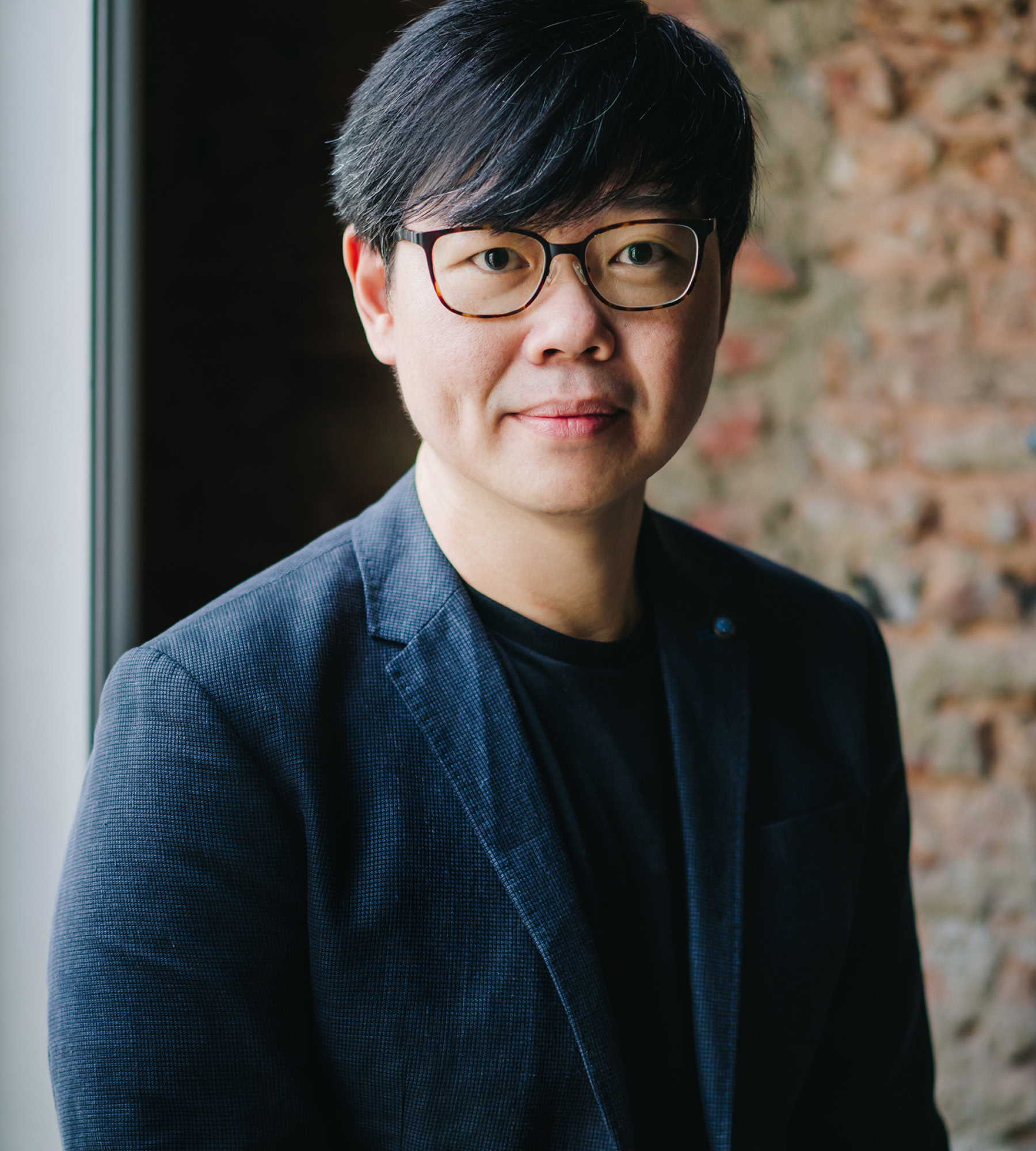Language
You can read the magazine in one of the following languages
Prior to the election of officers for the Singapore Institute of Architects, Melvin HJ Tan visited several architecture firms to find out how the institute, known as SIA, was viewed within the profession.
“What has SIA done for you in the past few years?” he recalls asking them.
The responses ranged from polite smiles to neutral facial expressions. Tan responded with a suggestion: “Maybe it’s not that SIA hasn’t done anything for you; maybe we’ve done a lot, but you are not aware.”
Founded in 1963, the SIA is the sole representative of architects in Singapore. Tan describes it as a collegial organization aiming to promote best practices and elevate the profession’s stature in the city-state. The institute holds to the mission: “To champion excellence in architecture and the built environment” and envisages Singapore “as an architecture capital”.
More than 50 percent of Singapore’s architects are members of SIA. “We are a body that advocates the interests of the architecture profession in Singapore,” he adds.
A combination of affability, perceptiveness and a simple penchant for wanting to build connections has underlined Tan’s vision and leadership. This is echoed by his council of 19 members across various spectrums of architectural practices.
He is one of the founding partners of the award-winning practice LAUD Architects. He joined the SIA council four years ago and was elected into the office of President in March 2022.
He describes his first year as President as “fast and furious” but also enjoyable. During this time he has organized many meetings with architecture firms and set about raising the profile of SIA, starting with its communications.
SIA partnered with a public relations firm to increase awareness of the institute, share new initiatives and raise the profile of its members.
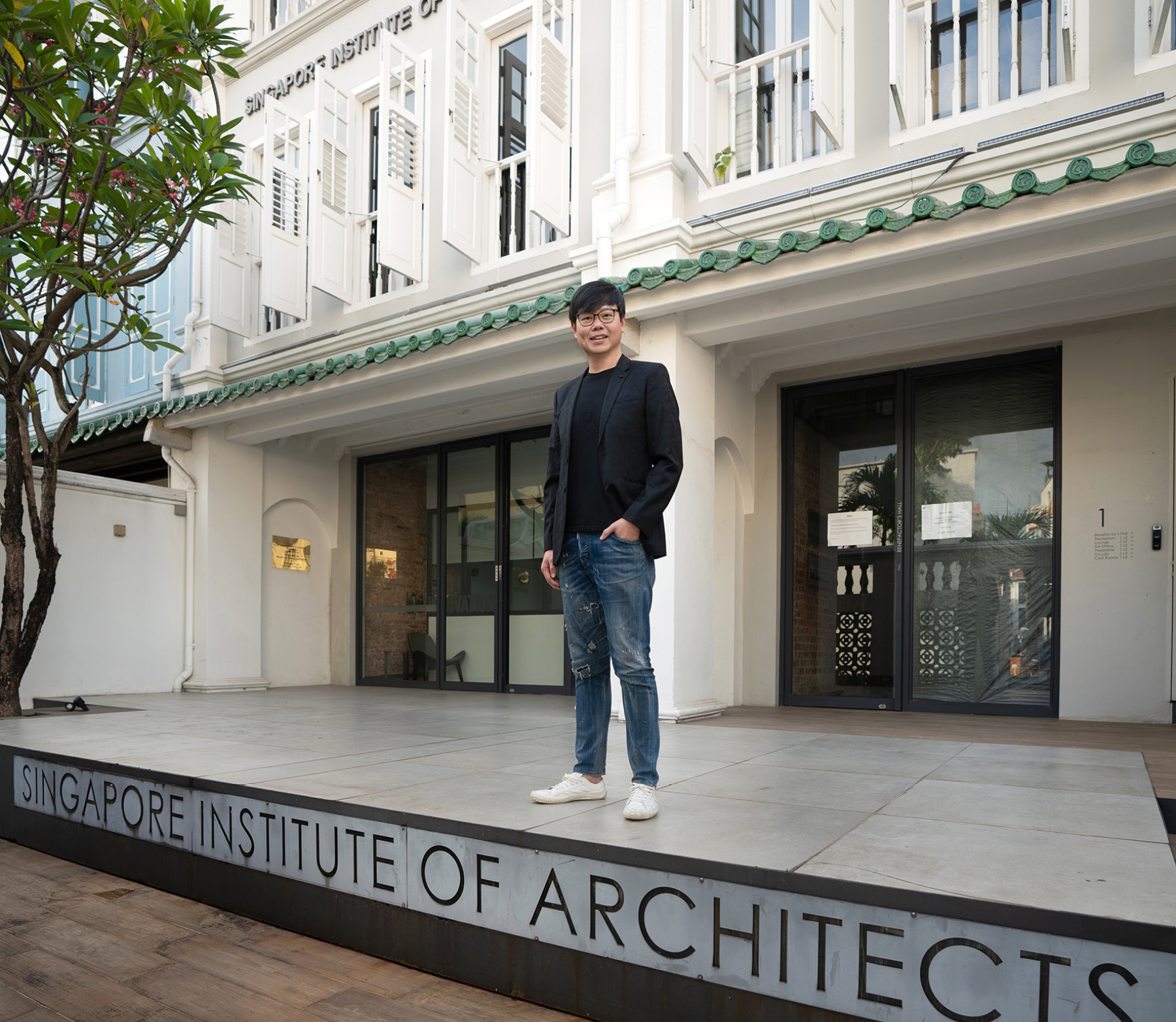
“It’s not about giving ourselves attention, but it’s really to give assurance to our members that we’re listening to them and that we’re making things happen.”
“It’s to tell our members that we are a voice, and we are a voice for you,” Tan stresses. “It’s not about giving ourselves attention, but it’s really to give assurance to our members that we’re listening to them and that we’re making things happen.”
Another part of SIA’s mission during this first year has been to increase collaboration with stakeholders. That included signing a memorandum of understanding (MOU) with the Building Construction Authority, which regulates Singapore’s building and construction sector. MOUs were also signed with the Urban Redevelopment Authority and Land Transport Authority.
“We believe that by having closer collaborations with the main stakeholders, we’re able to do more and do things better by leveraging on shared knowledge,” he explains.
Tan also believes strongly in a vision where architects can specialize. Professionals such as doctors and lawyers often refer patients and clients to specialists – a practice he wants architects to implement.
“One project may have two, three or four different architects come together to collaborate, because each of them has a deep understanding, a deep specialization that brings value to that project,” he reveals.
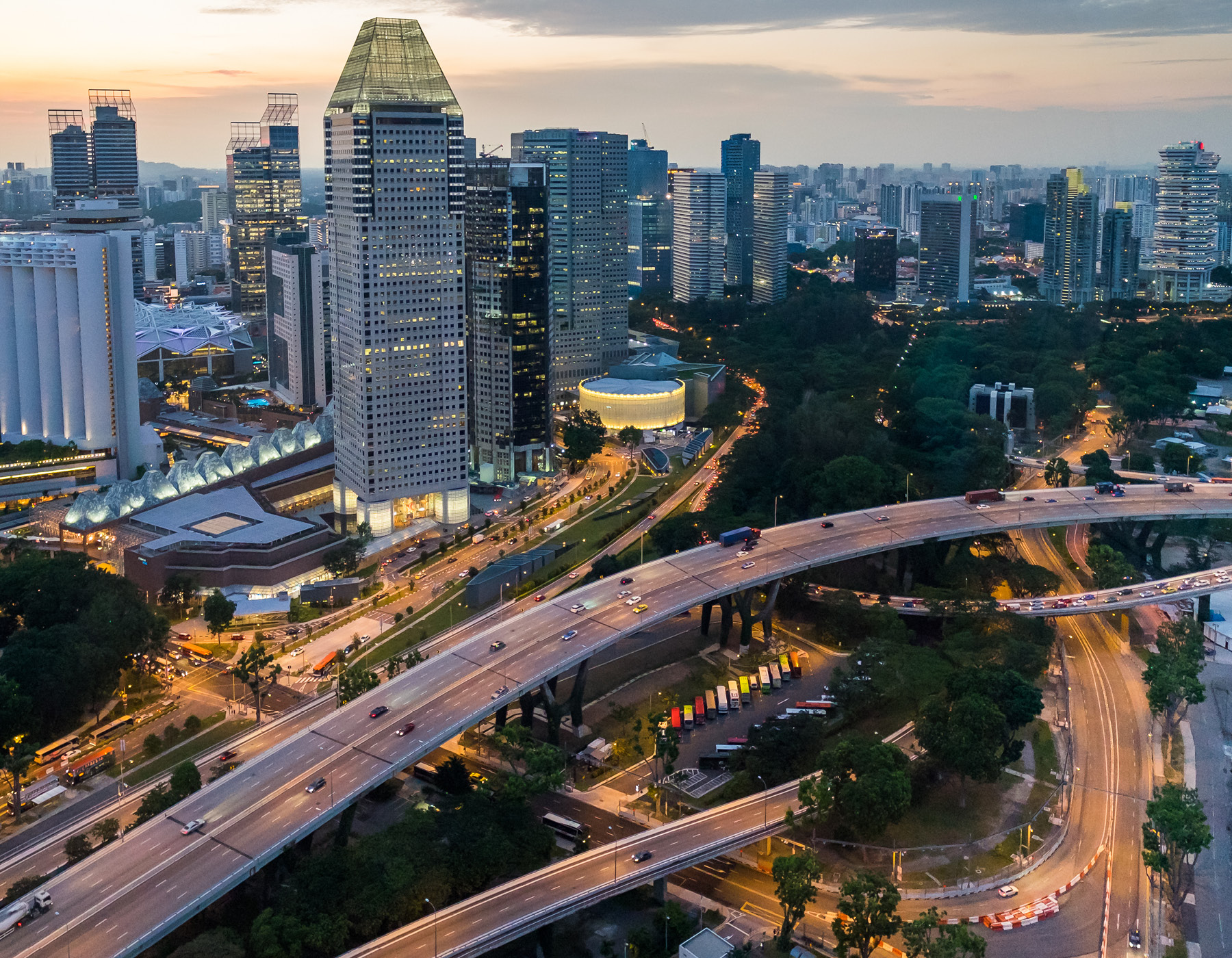
“At SIA, we constantly prod. We constantly try to encourage our members to keep up to date with new tools and explore emerging technologies.”
“We can find value creation through specialization. Specialization allows the architectural community to be stronger as it will allow different firms to be equally successful without having to compete. They will be able to find their own niche and, together as a network of architects throughout Singapore, everyone can complement each other as opposed to competing.”
Tan assumed the SIA presidency at a difficult time for architects. The pandemic slowed construction and projects lacked the manpower – which hails from abroad – in Singapore.
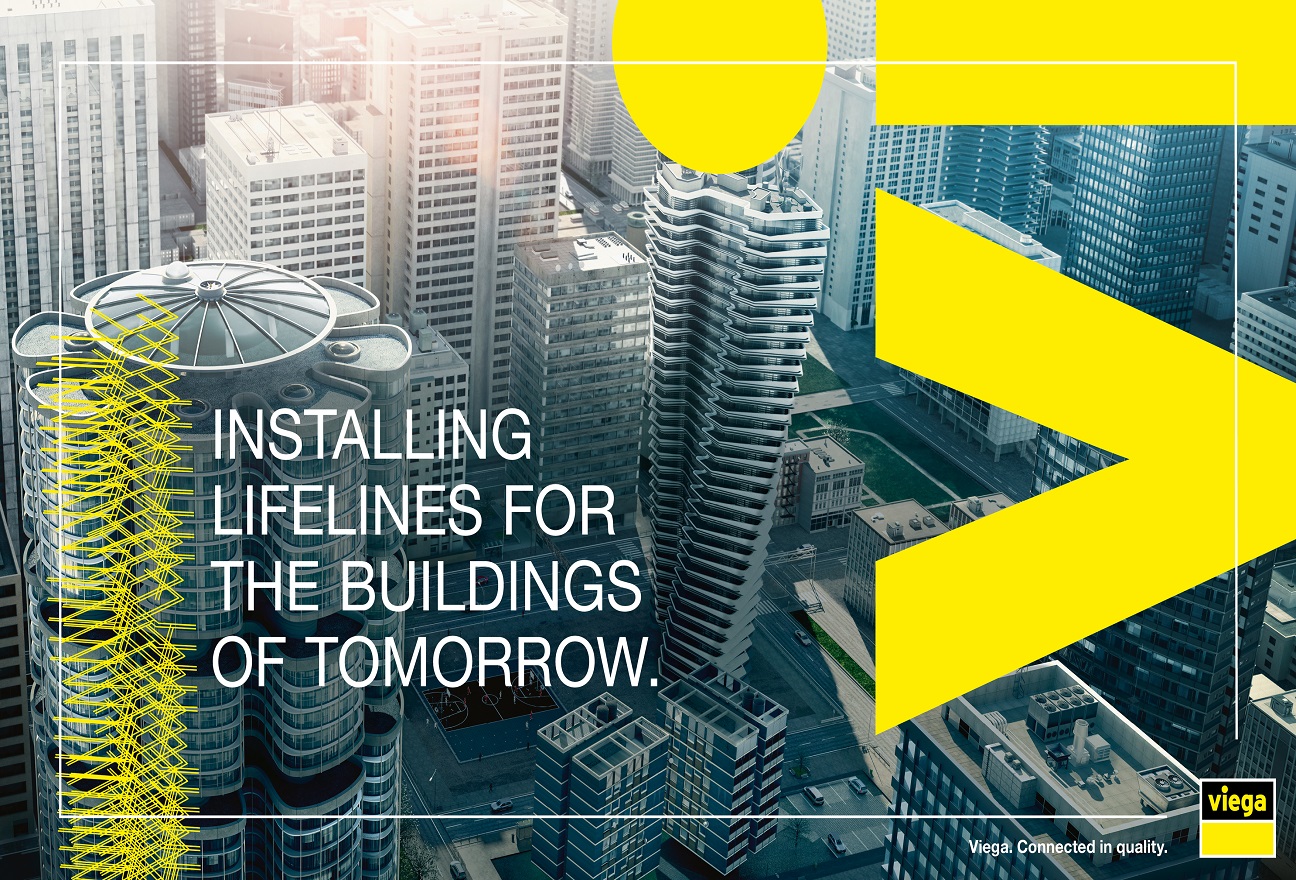
“It did give us a lot of time to rethink how we were going to survive and become more resilient and do things differently,” Tan admits. That meant exploring “ways to design and build better, quicker, with less reliance on supply chains or labor”.
It also meant staying on top of new technologies. “With the advent of the metaverse and Web3, there’s a whole new world out there that we cannot ignore,” he points out. “At SIA, we constantly prod. We constantly try to encourage our members to keep up to date with new tools and explore emerging technologies.”
In order for SIA to serve its members better, Tan has focused on creating value for architects.
“Today, architects’ businesses may still be rudimentary. We base our fees only on obvious costs to us. Nothing wrong with that,” he says. “But if we’re not factoring in our rising costs – such as salaries, liabilities and responsibilities – we are creating losses for ourselves.”
Tan believes the architecture sector needs help to become healthy again, describing how recent years have seen it falling behind financially.
“Regulations continue to increase over the years. But if you look at the fees, our fees have been going down over the past 20 years – yet the amount of work we’re doing has been going up,” he explains.
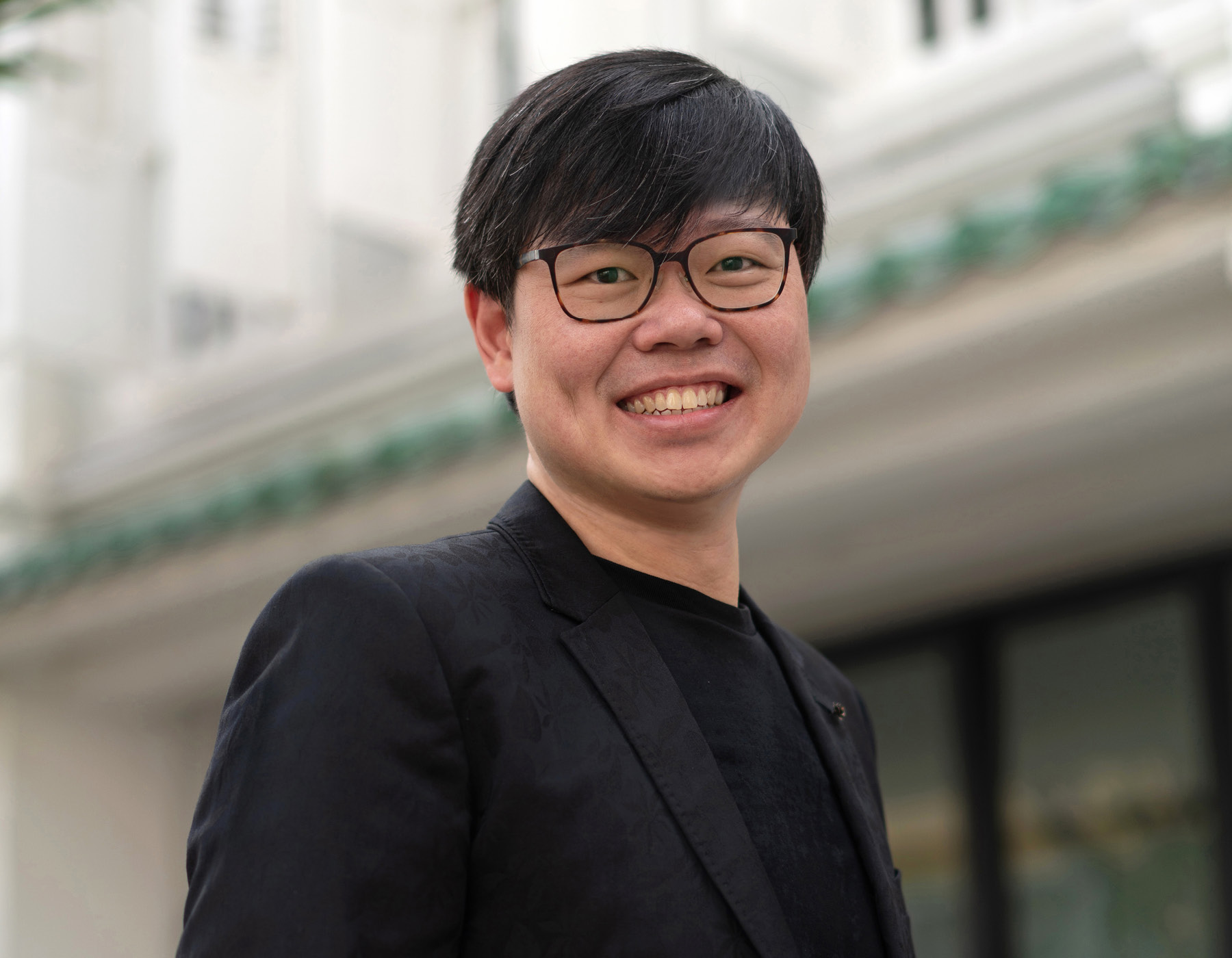
“Architects need to think of themselves as the guardians of the built environment, and less so as just architects of a building.”
“I would like to help our members understand what they need to get a job done well, and to price fairly so that we, as architects, can do the best job for our clients.”
In Singapore, where the government has ambitious long-term sustainability goals, architects will play an important part in reaching them with their projects, according to Tan, as the built environment accounts for 30 percent of carbon emissions.
“There are a lot of long-term goals that Singapore has in the future and architecture as a profession will be very much involved in bringing them forward,” he says.
“Architects need to think of themselves as the guardians of the built environment, and less so as just architects of a building. Our involvements are far-reaching in this sector, so too is the value we bring.”
